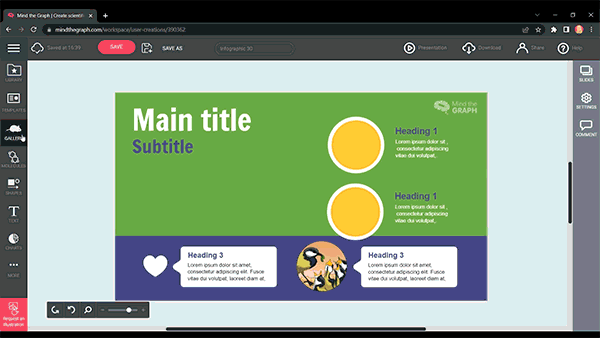There is no doubt that case studies are a unique way to gain insight into the professional practices of any profession, as well as how they operate in a bigger picture.
A case study in a different discipline can have different characteristics. A case study, for example, cannot guide subsequent treatment but can help frame relevant research questions. Case studies also provide valuable teaching material, demonstrating both classical and unusual presentations which may confront the practitioner.
The cover letter and abstract are vital parts of a submission package and are crucial for clearing the initial editorial screening at the journal end. These are the elements that the editor reads first, and based on these, form his or her impression of the manuscript. Some editors screen papers by reading the cover letter and abstract and do not read the entire paper if they do not find these interesting enough.
What is an abstract in case study, and what is its purpose?
An introduction to a topic normally appears in case studies, but they don’t require citations or viewpoints from the author. Consider a case study as primarily a record of a treatment’s progress, not a personal story. A case study should not contain editorial or adversarial remarks. The most effective approach is to tell a story and allow the end product to speak for itself.
It is generally a good idea to confine yourself to specific details and facts when writing case studies. What really happened should be outlined fairly concisely in a case study. We should avoid speculating about the mechanism or prognosis of the disease.
Structure of abstract in case study
A narrative abstract describes the entire paper shortly and concisely. Narrative abstracts do not have headings. By composing a logical story from the paper, the author aims to sum up the content.
Abstracts with subheadings are structured. In basic scientific and clinical research, structured abstracts have become more popular since they streamline information and include certain details. Researchers who conduct article searches online will greatly benefit from this. Readers often decide whether or not to download a full article based on the abstract displayed by a search engine to save time.
Readers are more likely to enjoy structured abstracts since they contain all the essential data they need to decide to read the entire article. Please follow the guidelines below when writing an abstract.
- A one- to two-sentence introduction summarizing the whole article and describing the background of the case study.
- A brief summary of the case and the investigation conducted is given in several sentences. This case is described in detail, including its diagnosis and therapeutic approach.
- Provide details about the patient’s complaint and its outcome.
- If the patient’s progress was empirically measured, refer to those measures.
- Describe correlations and apparent inconsistencies between the foregoing subsections.
- You may wish to summarize the key points covered within a sentence or two, depending on the situation.
You can turn your data into an easy-to-understand format
Discover how Mind The Graph can help you generate engaging visual content for effective scientific communication. Make your research and papers interesting and eye-catching by using infographics to increase effectiveness, participation, and capture attention.


Subscribe to our newsletter
Exclusive high quality content about effective visual
communication in science.





